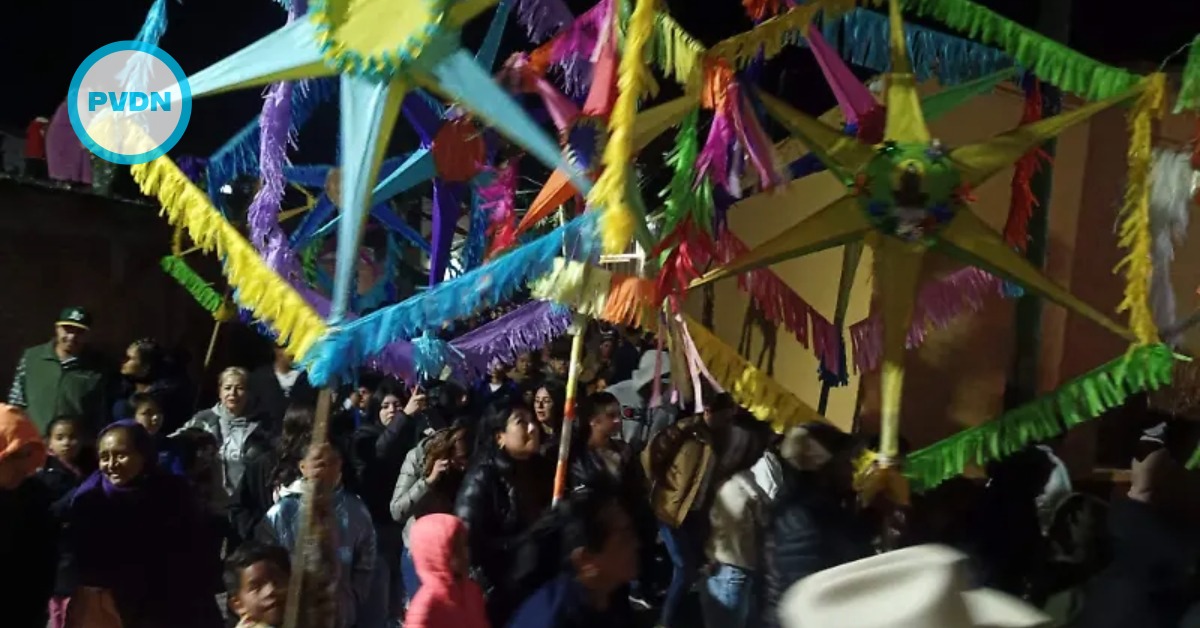Mozzarella cheese at Panera restaurants won't be as glaringly white. Banana peppers in Subway sandwiches won't be the same exact shade of yellow. Trix cereal will have two fewer colors.
Food makers are purging their products of artificial dyes as people increasingly eschew anything in their food they don't feel is natural. But replicating the vivid colors Americans expect with ingredients like beets and carrots isn't always easy.
In fact, General Mills couldn't find good alternatives for the . . .






